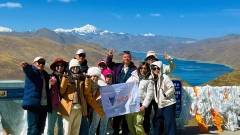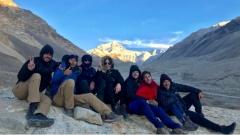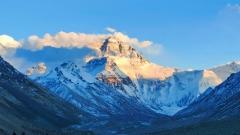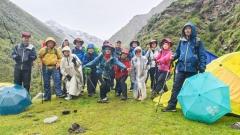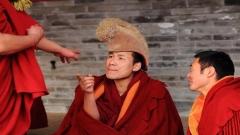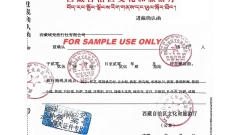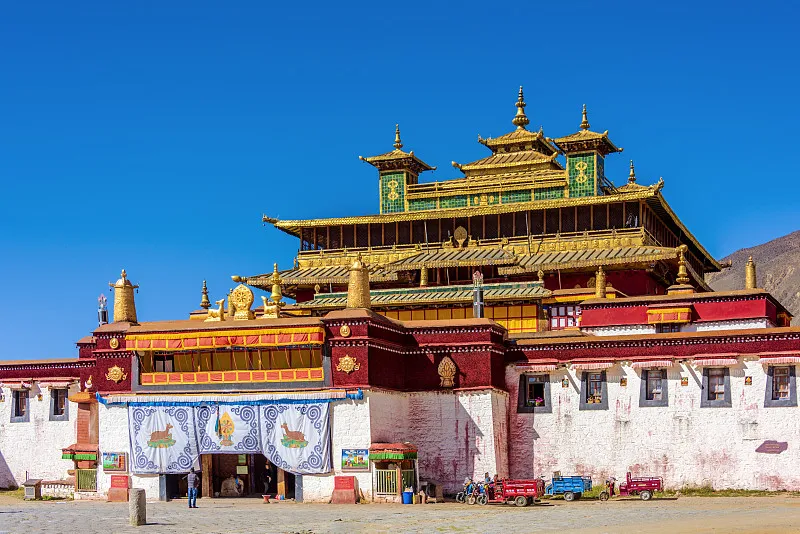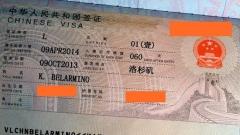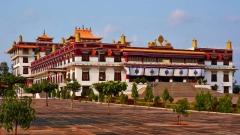What Kora Means to Tibet? Kora is one of the most visible and moving expressions of Tibetan Buddhism: a devotional walk, performed in a clockwise loop, around a sacred site. For Tibetans the practice is more than ritual motion – it is a living, daily discipline that cleanses the mind, creates spiritual merit, and connects the walker with centuries of faith. For first-time visitors who see elderly devotees making slow prostrations, youngsters spinning hand wheels and entire families chanting together, kora can look unfamiliar – and beautiful, quietly powerful.
Origins And Spiritual Meaning Of Kora
Kora is a form of circumambulation — a practice that exists in many religious traditions — but in Tibet it has a distinct local grammar and deep symbolic meaning. Walkers move clockwise around a sacred object, building up merit through awareness, recitation, and sometimes physical prostrations. The act of walking becomes a moving prayer: each step, each turn of a prayer wheel, each bead counted on a mala represents intention and devotion. Practitioners believe that kora purifies negative karma, brings spiritual protection, and helps move the mind toward compassion and clarity.
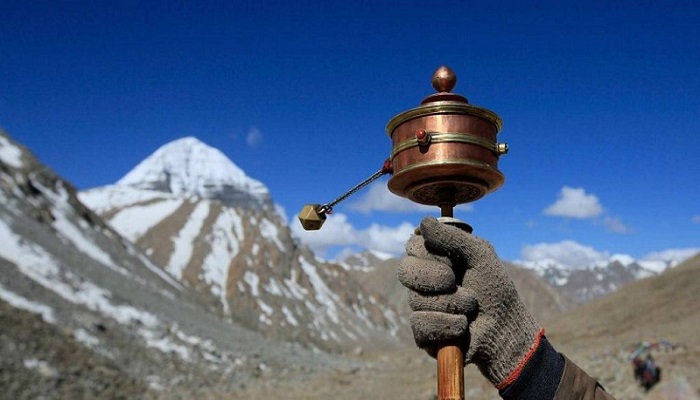
Mt Kailash Yatra
How Kora Is Done In Daily Life
For many Tibetans, kora is woven into daily routine. People may perform short koras around neighbourhood stupas, monastery courtyards, or large prayer wheels many times a day. Typical actions you will see during kora include: walking clockwise; reciting mantras such as “Om Mani Padme Hum”; spinning hand- or wall-mounted prayer wheels; making full-body prostrations; and offering juniper smoke or butter lamps at small shrines. The pace and intensity vary: some walk slowly and steadily, others stop frequently for prostrations. Visitors who are curious can follow a small section of a kora route at their own pace, observing respectfully.
How To Join A Kora Respectfully
If you’d like to participate in a kora — even a short section — follow these simple practices to show respect:
- Walk clockwise and keep to the outside of the path where pilgrims are walking.
- Mirror the rhythm of local pilgrims rather than pushing through a crowd.
- Do not step over people who are prostrating; if in doubt, detour behind them.
- Ask politely before taking close-up photos of people, especially elders and monks.
- Dress modestly: cover shoulders and knees.
- If you want to offer something, bring small offerings such as incense, fruit, or money for monastery donation boxes rather than handing cash directly to strangers.
What You Will Hear And See During A Kora
Kora is sensory: rhythmic chants, the metallic clack of prayer beads, the low creak of large prayer wheels, and the sweet, resinous scent of burning juniper. Monastic horns and drums may sound at a monastery, while near family shrines you may notice small, intimate offerings. Watching is often the best first step: stand to the side, absorb the atmosphere, then join a small part of the route if you feel comfortable.
Major Kora Routes You Can Visit
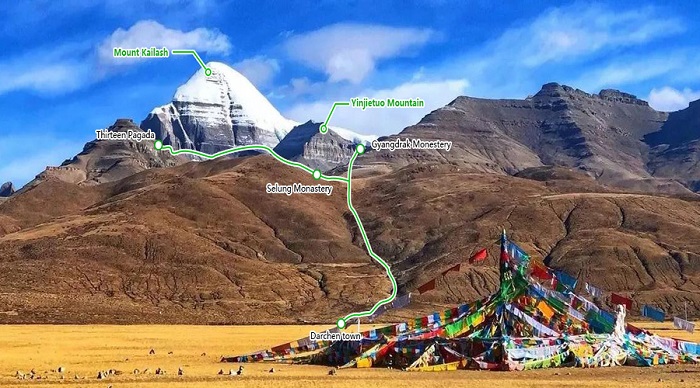
Mt Kailash Yatra
Tibet contains koras of all sizes: quick loops around a sacred building and vast circuits that take weeks. Here are the most commonly visited routes that international travellers can plan into a Tibet itinerary.
Nangkhor Kora – Jokhang Temple (Lhasa)
The kora inside and immediately around the Jokhang Temple is regarded as the most sacred for many Tibetan Buddhists. The temple houses the famed statue of the young Sakyamuni Buddha and pilgrims stream through a covered circuit where rows of prayer wheels and small shrines line the way. Because of its spiritual centrality, this short kora attracts constant devotion day and night.
Barkhor Kora – Around Barkhor Street (Lhasa) – 2 km, about 30 minutes
The Barkhor circuit traces a path around the exterior of the Jokhang Temple and through one of Lhasa’s busiest traditional streets. This 2-kilometre loop can be completed in roughly thirty minutes at a moderate pace; expect to encounter locals spinning hand-wheels, traders, and visitors crossing a living cultural crossroads. The route is atmospheric: incense smoke, street vendors and tight alleys filled with pilgrims and tourists alike.
Tsekhor Kora – Potala Palace (Lhasa) – 3 km, about 45 minutes
The Potala Palace’s kora follows the base of the hill on which the palace stands. The 3-kilometre loop offers both devotion and panoramic architecture: the palace’s dramatic façade and the bustle of Lhasa below. Pilgrims often combine a visit to the palace interior with the kora around its base.
Lingkhor Kora – Old Town Boundary (Lhasa) – 8 km, 2–3 hours
Lingkhor is the longest urban kora in Lhasa, tracing the outer edge of the historic old town. At approximately 8 kilometres, this route takes two to three hours to complete and is often a calm, contemplative walk where locals spin prayer wheels and chant. It offers an immersive way to experience daily Tibetan urban life.
Monastery Koras – Ganden, Sera, Drepung, Tashilhunpo – ~2 hours each
Many large monasteries have compact kora circuits that can be completed within a couple of hours. Each monastery kora offers its own flavor: the long procession of monks at Ganden, the debates and student life at Sera, the immense scale of Drepung and the devotional atmosphere at Tashilhunpo in Shigatse. These koras are ideal one-day cultural excursions from Lhasa or Shigatse.
Namtso Lake Kora – Around a Holy Lake – 70 km, roughly 20–30 days
Namtso is one of Tibet’s sacred lakes. The full kora around its shoreline is vast — roughly 70 kilometres — and traditionally undertaken as a long pilgrimage that can take 20 to 30 days on foot. Modern visitors may visit the shores and perform short devotional walks without attempting the full loop.
Mount Kailash Kora – 52 km, typically 3 days (Most Popular for Pilgrims)
Circumambulating Mount Kailash is among the highest-profile pilgrimages in Tibet. The kora begins at Darchen and circles the base of the sacred massif, climbing over a high pass and descending through alpine meadows and valleys. Traditionally completed in three days on foot or on horseback, the Kailash kora is physically demanding but spiritually transformative for many pilgrims.
Manasarovar Kora – Lake Manasarovar – 30 km, about 5 days (bus option: 3 hours driving)
The circuit around Lake Manasarovar visits several monasteries and holy sites. The full trek is typically a five-day pilgrimage, but modern tourists can also travel by tourist bus and complete shorter devotional circuits in a day. The lake’s remote beauty and spiritual significance make it a memorable part of any western Tibet journey.
What Each Kora Offers – Landscape, Time, Intensity
Small urban koras like Barkhor and Tsekhor are accessible to almost any visitor and require minimal time; they’re perfect for travellers who want an intimate, immediate experience of Tibetan devotion. Monastery koras let you observe monastic life and often include striking architecture and murals. Long koras such as Kailash and Namtso are deep pilgrim experiences: they demand stamina, weather readiness, and several days of living outdoors or in simple guesthouses.
Physical And Altitude Considerations
Most kora routes are at high altitude. Even short loops in Lhasa are at roughly 3,600 metres above sea level; Kailash and Namtso routes climb to much higher passes. Take altitude seriously: acclimatize for at least a couple of days in Lhasa or Shigatse before attempting long koras, carry water, dress in layers, and move slowly. Walking poles help on rough climbs, and many pilgrims choose horses or yaks to ease the trek across the more arduous sections.
Best Time To Attempt A Kora
The plateau’s travel season runs from late spring through early autumn (May–October). Weather is milder, roads and passes are more likely to be open, and festivals create particularly vibrant pilgrimage seasons. Winter koras are quieter and more challenging: fewer services operate and conditions can be harsh. For high-altitude koras such as Kailash, aim for the warmer months when passes are least likely to be snowbound.
Festivals And Special Kora Events
Certain festivals magnify the kora experience: monastery thangka unveilings, major prayer days, and seasonal pilgrim gatherings. At these times koras are more crowded, processional music is more likely, and the atmosphere is electrified with communal devotion. If your travel dates coincide with a festival, the kora becomes a rich cultural immersion; it’s also wise to prepare for larger crowds and sometimes longer waits at monastery gates.
Etiquette And Cultural Sensitivity
Kora is sacred practice, not a photo opportunity. Even though many pilgrims accept tourists, observe these basic rules: remain quiet in prayer areas, avoid blocking passages, ask before photographing individuals, and do not touch ritual objects unless invited. Respect simple local norms like removing shoes in indoor shrine spaces, and avoid loud behaviour near monastic courtyards.
How To Include Kora In A Travel Itinerary
For travellers with limited time, include a Barkhor or Jokhang kora in Lhasa on your arrival day to acclimatize and instantly connect with local life. For a cultural-depth trip, add monastery koras at Sera, Drepung or Tashilhunpo. If you seek pilgrimage intensity, schedule a multi-day Kailash or Manasarovar program with proper acclimatization and logistics support. Many travellers structure their Tibet trip as a gradual progression — urban koras first, monastery koras next, and finally the long pilgrimages if they are physically prepared.
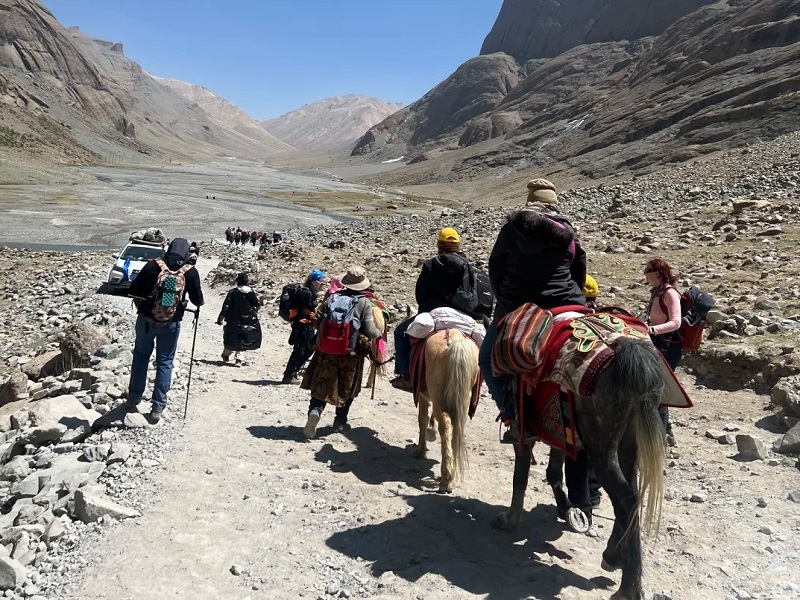
Tibet Kora
Sample Short Kora Experience For First-Time Visitors
Start early at Jokhang or Barkhor to avoid midday crowds. Walk slowly, spin small prayer wheels, and recite a simple mantra if you like. Pause at shrines without lingering too long, offer a small donation at a temple box, and finish with a cup of Tibetan butter tea in a nearby teahouse. This compact loop gives a rich, respectful taste of the practice without requiring special preparation.
Safety And Logistics
Travelling in Tibet often requires permits and a licensed guide; always book through a reputable operator familiar with local regulations and sensitive cultural practice. For long koras bring sun protection, a small first-aid kit, altitude medication (if advised by a professional), and spare layers. Hydrate frequently and allow extra time for slower movement on high passes.
Why Kora Matters To Visitors
Kora is a bridge between visitor and local — a lived form of spirituality that invites observation and, if you wish, participation. Whether you join a short urban circuit or witness a vast mountain pilgrimage, kora provides a powerful lens through which to understand Tibet’s religious life: it is community, practice, memory and hope folded into motion.
Join a Kora With Respect
Kora is among Tibet’s most intimate cultural encounters: humble, rhythmic, and profoundly meaningful. As a visitor, you can learn a great deal simply by stepping carefully to the side and watching. If you choose to participate, do so slowly, respectfully, and with openness. You will walk away with a clearer sense of what keeps Tibet’s devotional life alive — and perhaps with a quiet, personal memory that lingers long after you leave the plateau.
Recommended Tibet Kora Packages:
15-Day Mount Kailash Pilgrimage Tour: Ngari, Lake Manasarovar, Lhasa, E.B.C. & More



